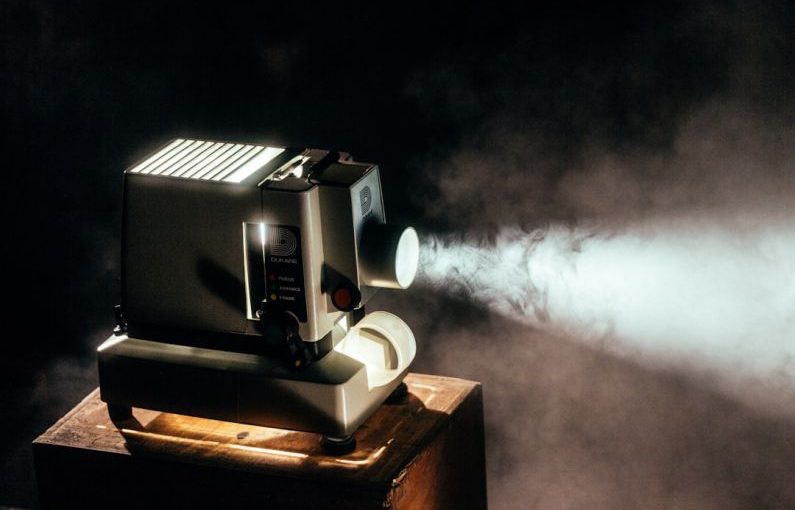When it comes to creating visually appealing and emotionally captivating scenes in cinema, filmmakers often turn to the use of symbolism and metaphor to convey deeper meaning. One such element that has been recurrent in numerous films is sugar. Sugar, with its inherent sweetness and multifaceted symbolism, has found its way into the narratives of many movies, adding layers of complexity and intrigue to the storytelling. Let’s delve into how sugar has been utilized as a potent cinematic element in various films, enriching the viewing experience for audiences worldwide.
Sweet Beginnings: Sugar as a Symbol of Innocence and Purity
In cinema, sugar is often employed as a symbol of innocence and purity, evoking images of childhood nostalgia and carefree moments. Films frequently use sugar in scenes that depict the sweetness of youth or the purity of relationships. The act of sharing a sugary treat can symbolize bonding, love, or familial ties. For example, in the movie “Willy Wonka & the Chocolate Factory,” the magical world of the chocolate factory is filled with sugary delights that represent the innocence and wonder of childhood.
Bitter Truths: Sugar as a Metaphor for Deception and Corruption
While sugar is commonly associated with sweetness and light, it can also be a potent symbol of deception and corruption in cinema. Films often use the contrasting nature of sugar to highlight the darker aspects of characters or situations. The allure of sugar can symbolize temptation and indulgence, leading characters down a path of moral ambiguity. In the film “Marie Antoinette,” the lavish use of sugar in the palace mirrors the decadence and excess that ultimately contribute to the downfall of the protagonist.
The Taste of Desire: Sugar as a Representation of Passion and Longing
In cinema, sugar is frequently employed as a metaphor for desire and passion, adding a sensual layer to storytelling. The act of consuming sugar can evoke feelings of pleasure and fulfillment, symbolizing the characters’ innermost desires and cravings. Films often use sugary treats as a catalyst for romantic encounters or as a way to convey the intensity of emotions between characters. In the movie “Chocolat,” the art of making and savoring chocolate becomes a symbol of liberation and self-discovery, as the characters explore their deepest desires through the indulgence of sweets.
A Spoonful of Sugar: Sugar as a Tool for Escapism and Comfort
In times of distress or uncertainty, sugar can serve as a form of escapism and comfort for characters in cinema. Films often depict the soothing effects of sugary treats in moments of crisis or emotional turmoil, offering solace and temporary relief from harsh realities. The act of indulging in sugar can provide a sense of nostalgia or security, transporting characters to a simpler time or a happier place. In the movie “Ratatouille,” the taste of a childhood dessert triggers a powerful emotional response in the protagonist, offering him a moment of respite from his struggles.
The Sweet Aftertaste: Sugar’s Lasting Impact on Cinematic Storytelling
In conclusion, sugar serves as a versatile and powerful cinematic element that enriches storytelling in various ways. Whether used to symbolize innocence and purity, deception and corruption, desire and passion, or escapism and comfort, sugar adds depth and nuance to the narratives of films. By tapping into the multifaceted symbolism of sugar, filmmakers can create visually captivating scenes and evoke complex emotions in audiences. Next time you watch a movie, pay attention to the presence of sugar and how it enhances the storytelling experience, leaving a sweet aftertaste long after the credits roll.





